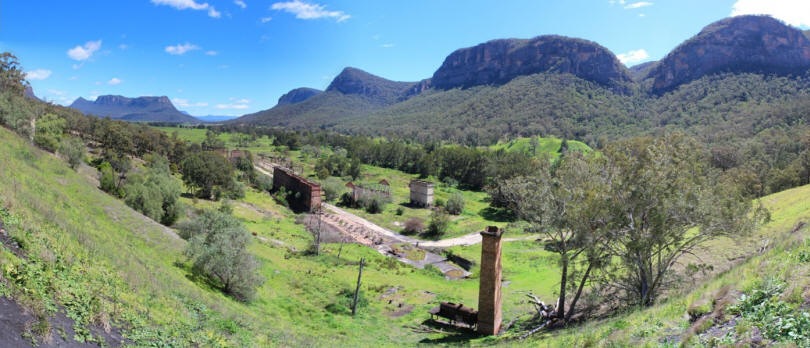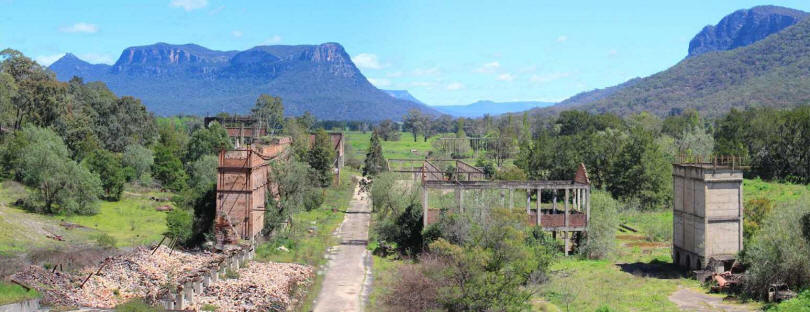|
shale oil works ruins - Glen Davis Capertee Valley NSW
The Glen Davis shale oil extraction plant was
developed for production of shale oil for national defence purposes
& operated from 1940 until 1952. The company was
established by private interests with financial support from the
Commonwealth of Australia & the New South Wales governments.
The plant used room-and-pillar mining techniques
& employed 170 miners. The shale was crushed by a Pennsylvania
single-roll type crusher & was then conveyed into the retorts. The
oil was treated to create motor oil and was then transported by a 48
km pipeline to storage tanks at Newnes Junction. |
||
|
|
|
|
|
|
|
|
|
|
|
|
 |
||
|
|
|
|
|
|
|
|
|
|
|
|
|
|
|
|
|
|
|
|
|
|
|
|
| back to IN OUR BACKYARD | ||
